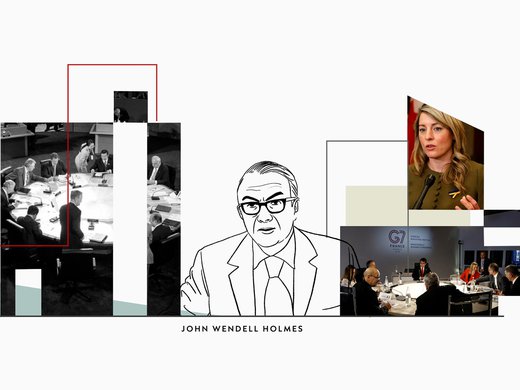With the final draft of the historic Paris agreement in place, there is a reference that could be easily overlooked. Article 40 requests that further work be done on how to enhance linkages and create synergies between…mitigation, adaptation, finance, technology transfer and capacity-building. It points to a fundamental relationship that has, surprisingly, not been addressed until now.
Climate change mitigation refers to the efforts of reducing greenhouse gas emissions, while adaptation is about how to cope with the impacts. What may come as a surprise to the lay person is that cause and effect of climate change have traditionally been treated as separate issues in international negotiations. In fact, there are funds and programs established exclusively for adaptation and not mitigation, and vice versa. This means it is, theoretically, possible to assist communities to adapt to the impacts of climate change, while at the same time contributing to further aggravating the problem in the future. How did this happen?
The answer lies, at least in part, on how the problem has been conceptualized to date. Wealthy countries that went through the industrial revolution have, correctly, been identified as the original cause of the climate change problem. Historically, developing countries have contributed relatively little to the problem. Many of them, but virtue of location along the equator are also bearing the brunt of the impacts. As a result, international negotiations frame mitigation as the problem and responsibility of large industrialized economies, while adaptation is considered the burden of poor ones. While this has a logic to it in the context of the Paris COP discussions, it should have no bearing on how we deal with climate change when we return to our respective countries and begin to implement our climate change strategies.
Undertaking almost any project provides opportunities for addressing both mitigation and adaption. Let us take a simple example of building construction. To adapt to future climate impacts one might want to ensure a building was resilient to the increased frequency and severity of floods, rising sea levels, and/or bigger storms. When constructing a new building realizing these adaptation goals might be achieved by choosing a suitable location and/or design. If, however you were also interested in reducing the greenhouse gas contribution of building construction, you would focus on the materials used for construction, building design and operational efficiencies.
Energy efficient buildings provide a significant opportunity for mitigating greenhouse gas emissions. The construction of these buildings can also generate “co-benefits” by addressing other challenges. For instance, in developing countries millions of deaths per year are attributable to indoor air pollution. This comes from using wood and coal for household cooking and heating. Equally, about 20 percent of all households in the UK live in “fuel poverty.” As a result, the number of annual excess winter deaths is estimated at around 30 thousand annually. Energy-efficient household equipment and low-energy building design helps households, especially poor ones, cope with increasing energy costs and adverse health effects. Improved energy services (lighting, thermal comfort, etc) can also improve personal productivity and result in better outdoor air quality. So while linking cause and effect only makes sense, the added value of combining adaptation and mitigation strategies brings a range of additional benefits.
The problem is that international negotiations have affected how we fund, design and implement projects. This is to our collective detriment. What we should be doing is focusing on developing a better understanding of how mitigation and adaptation strategies can work together. There is surprisingly little research available to guide us in this regard. Rather than perceiving ourselves as victims, each one of us needs to feel like we can contribute to making our planet livable for future generations. Article 40 suggests that the beginning of common sense has prevailed at the international level. Projects on the ground need to be implemented in such a way that they adapt to future climate impacts, while contributing to mitigating future climate change. The real work is just beginning.
CIGI’s Manager of Strategic Initiatives and Special Projects Erik Davies is a guest blogger, providing analysis from on the ground at COP21, for Global Rule of Law.


